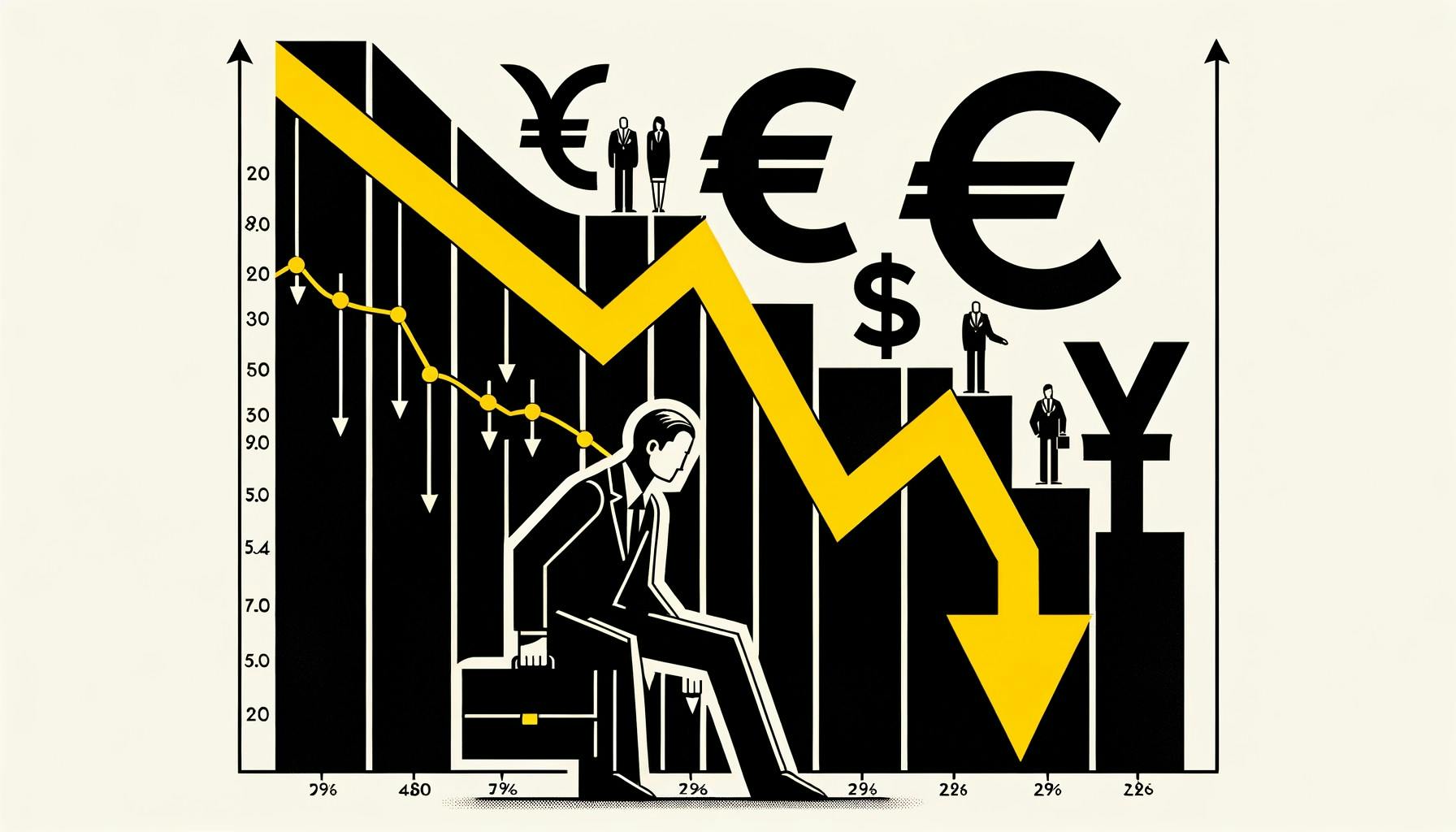Horoscope
What are the ancient origins of your zodiac sign?

Many find comfort in the stars, turning to horoscopes to unravel the enigmas of their personalities and foresee what lies ahead. Though zodiac signs and horoscopes might appear modern, astrology has profoundly shaped civilizations across millennia, despite criticisms from skeptics who cite its lack of empirical evidence and scientific rigor. Here’s why it remains a powerful tool for many seeking guidance in an unpredictable world.
The ancient origins of horoscopes
The practice of astrology first originated in ancient Mesopotamia in the second millennium B.C. In the city of Babylon, the stars and planets were used to interpret omens from the gods,” says U.K.-based classicist and ancient world expert Jasmine Elmer.
However, only some people were considered qualified to make these interpretations. Babylonian priests were tasked with detailing how celestial bodies would impact society, especially the king and the state. This is evidenced in the Enuma Anu Enli, a series of 70 cuneiform tablets that contain around 7,000 celestial omens.
The Babylonians developed 12 astrological signs, some of which were later incorporated into the Western zodiac. However, it was the ancient Greeks who named these 12 star signs after constellations and linked them to specific dates based on their alignment with the sun’s orbit. These signs are Aries, Taurus, Gemini, Cancer, Leo, Virgo, Libra, Scorpius, Sagittarius, Capricornus, Aquarius, and Pisces. Furthermore, “zodiac” originates from the Greek phrase zōdiakos kyklos, meaning “circle of animals.”
(How well do you know the zodiac constellations?)
Despite the Greeks’ contributions to astrology, horoscopes were not prevalent in ancient Greece. Instead, the focus was on using the stars to connect with the gods through divination, “which is essentially any kind of ritual practice that is about converse[ing] with the gods,” says Elmer. Over time, Babylonian astrology, which interpreted celestial events, merged with Greek divination practices. This blending led to the development of more personalized horoscopes we see today.
Claudius Ptolemy, an astrologer and astronomer in Alexandria, Egypt, laid down the foundation of Western astrology in his text Tetrabiblos, emphasizing the individual aspect of astrological interpretation. This is where the concept of personal horoscopes, or the idea that people can read and interpret the stars to learn about their own lives, first originated.
While the Western zodiac is widely recognized, other cultural practices have also shaped astrology worldwide. In India, Vedic astrology incorporates ancient Hindu beliefs and practices, offering a unique perspective on celestial influences. Chinese astrology, rooted in Taoist philosophy, assigns animal signs based on birth years, influencing cultural practices and societal beliefs.
From courtly predictions to alchemical pursuits
During the Middle Ages, astrology was widespread and significantly influenced everyday decisions. It was practiced not only by doctors, astronomers, and other scientific professionals, but it also played a crucial role in the development of alchemy, the proto-scientific precursor to chemistry.
In 14th-century Europe, astrologers were commonly found at royal courts, where they regularly provided personal horoscopes to monarchs. This practice was so prevalent that Charles V of France even commissioned the translation of astrological texts. However, astrology’s reputation shifted during the 15th-century witch trials in England, where it became associated with sorcery and paganism. As a result, some monarchs began to distance themselves from individual horoscopes.
(Paganism is on the rise—here’s where to discover its traditions.)
The Renaissance marked a resurgence in the general interest in astrology on a personal and philosophical level. Amidst a reckoning of Christian beliefs and the natural sciences, the private practice of astrology blossomed. This led to the creation of astrological charts and calendars, removing the previous language and education barriers to astrology and the interpretation of horoscopes.

Leonhard Thurneisser (circa 1530-1596), a scholar versed in both science and alchemy, authored the influential “Archidoxa” in 1569 and later the “Astrolabium” in 1575. The “Astrolabium” featured volvelles—wheel charts—that enabled the creation of individual horoscopes by depicting celestial movements and planetary influences. Photograph Courtesy World Digital Library, Library of Congress, Washington, DC
One notable European astrologist, Leonhard Thurneisser, employed by a German prince, published a pop-up book in 1575 titled Astrolabium that could be used to create individual horoscopes with the aid of spinning wheel charts.
The modern resurgence of horoscopes
However, astrology and horoscopes’ prevalence faded with the onset of the Scientific Revolution and subsequent Age of Enlightenment. By the end of the 17th century, astrology was seldom practiced. Personal horoscopes didn’t make a resurgence in modern history until the early 20th century with the advent of the horoscope newspaper column.
In 1930, the Sunday Express published a birthday horoscope for Princess Margaret, written by high-profile British astrologer R.H. Naylor. Like many current astrologers, Naylor used a natal star chart to predict Princess Margaret’s horoscope three days after her birth. In general, natal star charts use the date, time, and birth location to create a snapshot of the sky from the very moment you were born. Analysis of the chart provides insight into a person’s traits, personality, and path in life.
(We’re in Mercury retrograde. Here’s what that really means.)
Naylor’s analysis of the Princess’ star chart predicted that she would have an “eventful” life and that “events of tremendous importance to the Royal Family and the nation” would occur around her seventh birthday. This attracted much public attention, prompting the newspaper to commission more articles from Naylor.
Before long, he started writing a weekly column called “What the Stars Foretell,” which offered advice on horoscopes based on the birthdays that fell in a given week.
Newspapers in the U.S., like the Boston Globe, also started running horoscope columns around this time. In the 1980s, many newspapers established premium astrology phone lines that allowed readers to call in and receive a personalized horoscope reading.
Today, horoscopes are more popular than ever, especially with Gen Z and Millenials. Beyond its astronomical origins, astrology, according to experts, can foster a sense of community and bring social cohesion. Carl Jung, a renowned psychologist who explored astrology’s archetypal symbols and their impact on the human psyche, suggested that astrology provides a language for understanding universal patterns of human experience.









:max_bytes(150000):strip_icc()/062724-summer-blouse-social-06845b17d20f4e5dbd094e2ee0ba1ad5.jpg)
